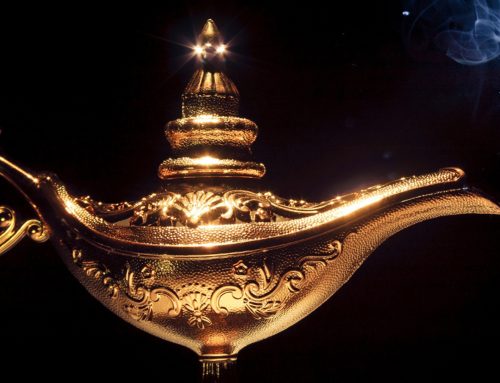Lately, I’ve been thinking about what it means to be happy. What can I do to be happier? Does happiness play in mental health? What about physical health? People seem to use success and happiness interchangeably or one as a path to the other, but I think they are quite different in their own rights. What is the path to happiness?
The recent CDC report on suicides nationwide got me thinking about how we approach suicide prevention. This is a topic near and dear to my heart because I am a suicide loss survivor. The suicide rate has been rising despite educational and outreach efforts on the part of nonprofits, government agencies, and mental health practitioners. More people than ever are on at least one antidepressant while many are on two or more psychiatric medications. Access to care continues to be a challenge in low income and rural areas. Telehealth is positioning itself to address some of those people. Early death due to alcoholism is also on the rise.
People are trying to numb out of their lives
I started thinking about some other findings from the CDC report as well as some anecdotal information I gather from the client’s other professionals and personal experience. Clients, especially teenagers, say that stress is the biggest mental health challenge they face. Wikipedia says the average student will take 112 standardized tests between kindergarten and 12th grade. That’s about 10 per year. And that doesn’t seem to improve overall college entrance or improve education. The high cost of education barely trains people for real-life job experience. That sentence is also problematic because it reduces a college’s education to little more than a job training program. After all, concerns about money are real. Aren’t they?
In the end, all the things that people believe contribute to happiness and life satisfaction get very little attention. Happiness just isn’t a priority for most. Historically our ancestors had to focus on survival. Ritual and tribalism were life-saving aspects of the culture. All the world’s religions normalize suffering and sacrifice. Ancestral and past life vows of poverty, and chastity remains long after they have outlived their usefulness.
We’ve gotten off track
In modern life, most of our needs are attended to. Most of us have access to food and shelter. We have been trained into believing that happiness is found in stuff. Cars, big homes, luxury vacations that help us forget our shitty, over-scheduled lives for a little while, and luxury items that allow us to feel like we measure up to other people. Society rewards stress tolerance with hedonism. But hedonism isn’t the path to happiness and tolerating stress isn’t a badge of honor. It’s a vicious circle. There aren’t enough antidepressants in the world to make an intolerable situation happy. Stress is stress. It’s a normal signal our body sends as a result of hyperarousal.
The key to being happier is to find what you value, make it a priority in your life, and spend time following the things that feel good rather than obligatory tasks that feel bad. Set a new intention to see each new task as an opportunity to be happy. Look for and find small pleasures in mundane tasks.




